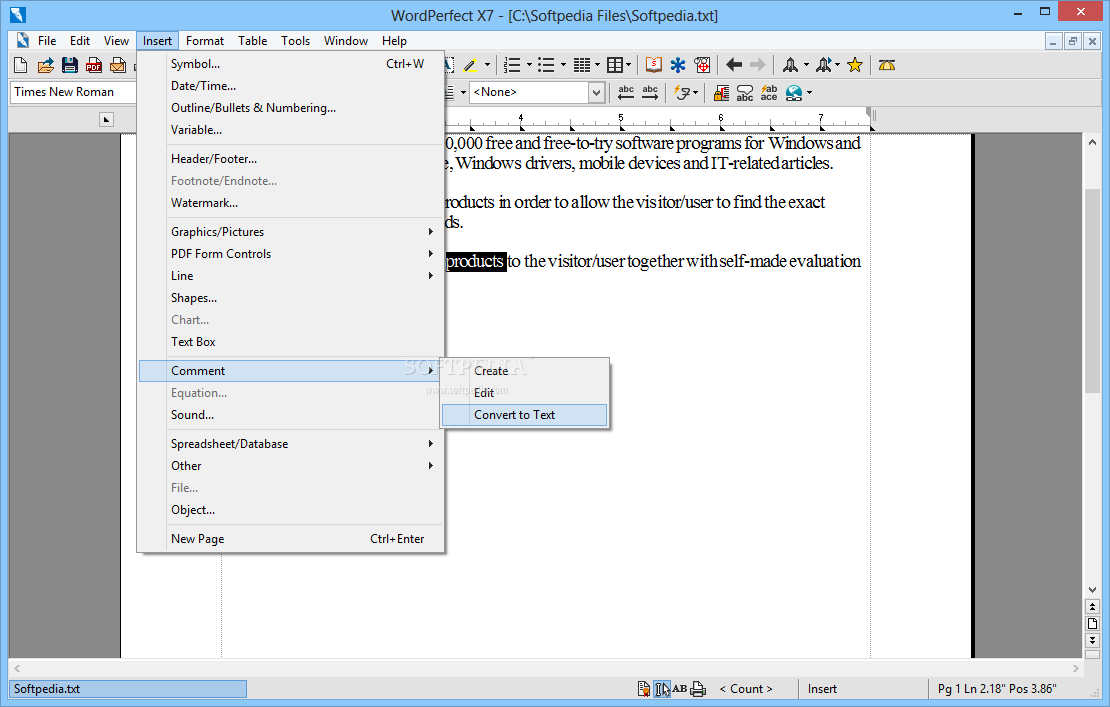

As one reader of InfoWorld’s Gripe Line points out, it took the developer too long to come up with a decent version for Windows: Some suggest that WordPerfect struggled to cope when it came to evolving the product for a graphical, point-and-click environment.

The word processor had achieved its success as a DOS application that made it easy to edit documents through its intelligent support for keyboard commands. So why isn’t everyone still using WordPerfect today then? Some will argue that it was Windows that killed WordPerfect. Other cool features of WordPerfet 5.1 included styles and style libraries for advanced document editing reveal codes, which contained tags and objects used to help track changes and styles that were applied to documents and an impressive range of bundled printer drivers. Macros that represented long and complicated editing processes could be mapped to one key, drastically improving productivity. Macros were another major feature of WordPerfect that helped to make it so popular. This really set the program apart from apps such as WordStar, which relied on just Ctrl and the normal letter keys.

One of the main usability features that attracted people to WordPerfect was its use of function keys, allowing users to perform editing commands quickly through a combination of Shift, Ctrl and Alt and the ‘F’ keys. WordPerfect 5.1 would, for years, be the most respected document editing format on the planet. At this time the WordPerfect 5.1 file format was supported by all word processors, and most publishing companies and businesses insisted documents were provided in this format. Now with support for tables, simple spreadsheets and Macintosh-style pull-down menus, the software was viewed as the choice for office professionals. But it wasn’t until 1989 that the app really hit the heights, with its most successful version ever, WordPerfect 5.1.

By 1986 WordPerfect 4.2 had overtaken WordStar as the word processor market leader on the DOS platform. The program started life in 1982 when Bruce Bastian and Dr Alan Ashton ported their Data General app to the IBM PC and called it WordPerfect 2.20. If you were using a computer in the late 80s or early 90s you’ll remember that WordPerfect was really the only word processing program worth using. To kick-start the series I’m examining perhaps the most dramatic demise in software history – that of WordPerfect. What causes an application that once ruled the software world to completely fall from grace? That’s the question we’ll be posing in a new regular feature on OnSoftware.


 0 kommentar(er)
0 kommentar(er)
